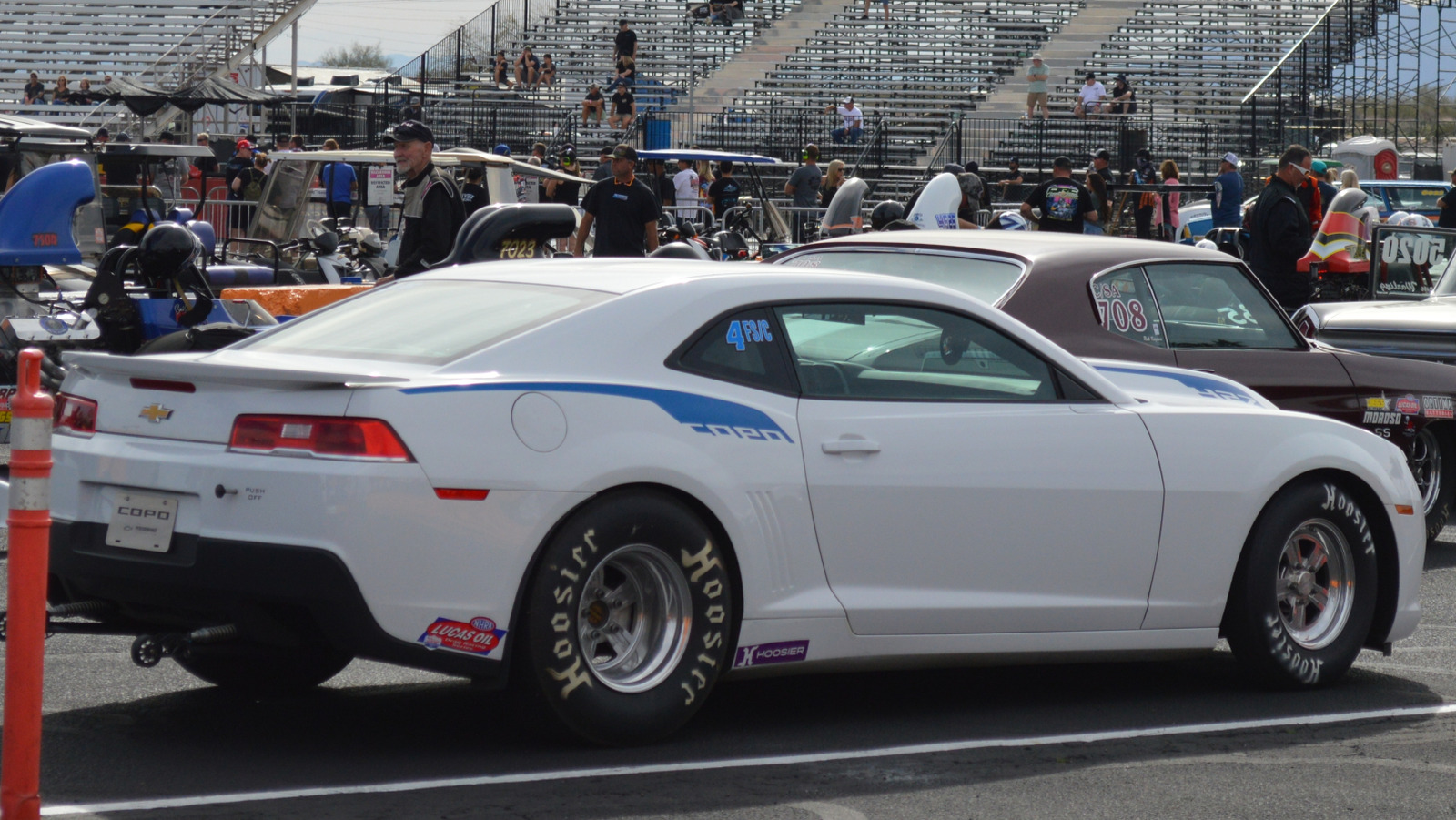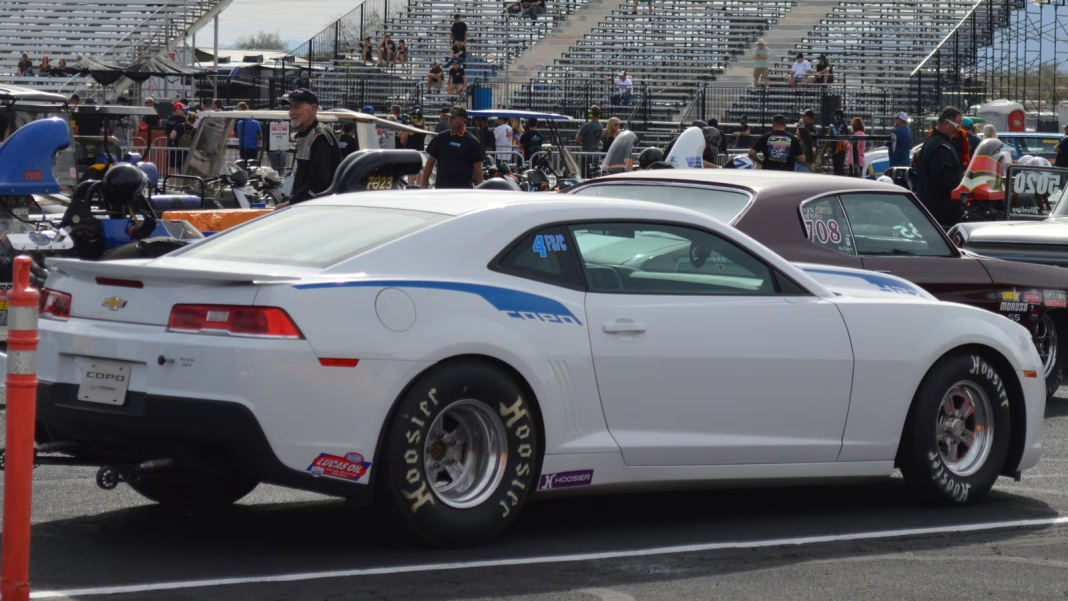What Makes Chevy’s 632 Big Block So Special?
If you’ve ever heard the deep, thunderous rumble of a big block V8, you know it’s not just about horsepower—it’s about presence. Chevy’s 632 big block is the kind of engine that turns heads before you even pop the hood. But what exactly sets this powerhouse apart from the rest? For starters, the 632 cubic-inch displacement is massive, even by American muscle standards. That translates to a jaw-dropping 1,004 horsepower and 876 lb-ft of torque, straight from the crate. No turbochargers, no superchargers—just pure, naturally aspirated muscle.
This engine isn’t just about raw numbers, though. Chevy’s engineers poured decades of racing know-how into the 632, using forged internals, high-flow cylinder heads, and a custom cam profile. The result? Pure magic. It’s built to handle the kind of abuse that would leave lesser engines in a pile of parts. Whether you’re drag racing or just want bragging rights at the next car meet, the 632 delivers.
Why Does the 632 Come With Such a Hefty Price Tag?
Let’s address the elephant in the room: the price. At over $37,000 for the crate engine, the 632 is anything but cheap. But when you break down what you’re actually getting, the sticker shock starts to make sense. Each engine is hand-assembled by a small team of specialists, not churned out on a faceless assembly line. The materials—think forged steel crankshaft, forged pistons, and CNC-machined cylinder heads—are the kind of components you’d expect in a professional race car.
Consider the alternatives. Building a comparable engine from scratch would likely cost even more, especially if you factor in the time, labor, and inevitable trial-and-error. Plus, Chevy backs the 632 with a warranty, something you won’t get if you cobble together a Frankenstein engine in your garage. For serious enthusiasts, that peace of mind is worth its weight in gold.
How Does Chevy’s 632 Stack Up Against Ford and Dodge?
Not a Chevy loyalist? You’re in luck—Ford and Dodge have their own heavy hitters. Ford’s 572 cubic-inch crate engine, for example, is a beast in its own right, cranking out 655 horsepower and 710 lb-ft of torque. Dodge’s Hellephant 426, meanwhile, delivers a supercharged 1,000 horsepower, but with a different flavor—think modern tech meets old-school muscle.
Each of these engines has its own personality. Chevy’s 632 is the king of naturally aspirated displacement, while Dodge leans into forced induction for its headline numbers. Ford’s big blocks are a favorite among Blue Oval fans for their reliability and classic sound. The right choice really comes down to your brand loyalty, intended use, and, of course, your budget.
Is a Big Block Crate Engine Right for Your Project?
Dropping a 632 into your ride isn’t for everyone. These engines are designed for serious builds—think drag cars, pro-touring monsters, or showstoppers that demand attention. You’ll need a beefy transmission, reinforced driveline, and a chassis that can handle the torque. Fuel economy? Forget about it. This is about maximum fun per mile, not miles per gallon.
That said, crate engines like the 632 offer unmatched convenience. No hunting for rare parts. No guessing games with compatibility. Just bolt it in, wire it up, and unleash the beast. For many builders, that simplicity and reliability are worth every penny.
What Should You Know Before Making the Investment?
Before you pull the trigger, consider the full scope of your project. Are you building a street car, a dedicated racer, or something in between? Do you have access to a shop or the right tools for installation? And don’t forget about local regulations—some states are strict about emissions, and a 1,000-horsepower big block might not play nice with your DMV.
It’s also smart to talk to other builders who’ve gone down this road. Online forums, car clubs, and even local speed shops can offer real-world advice that you won’t find in a brochure. Sometimes, a quick conversation can save you thousands—or at least a few headaches.
The Big Takeaway
The big takeaway? Building a dream machine with a monster engine like Chevy’s 632 isn’t about perfection—it’s about smarter adjustments. Start with one change this week, and you’ll likely spot the difference by month’s end. Whether you’re a die-hard Chevy fan or just love the thrill of big power, the right engine can transform your project from ordinary to unforgettable.


